Schwarzlose Machine Gun — The Austro-Hungarian Army M.07/12
July 2nd, 2024
7 minute read
Prior to the First World War, the nations of Europe made Hiram Maxim a very wealthy man. Maxim accomplished this with his machine gun, which was adopted by numerous nations in Europe and beyond. However, one of the major powers on the European continent wasn’t convinced — namely Austria-Hungary.
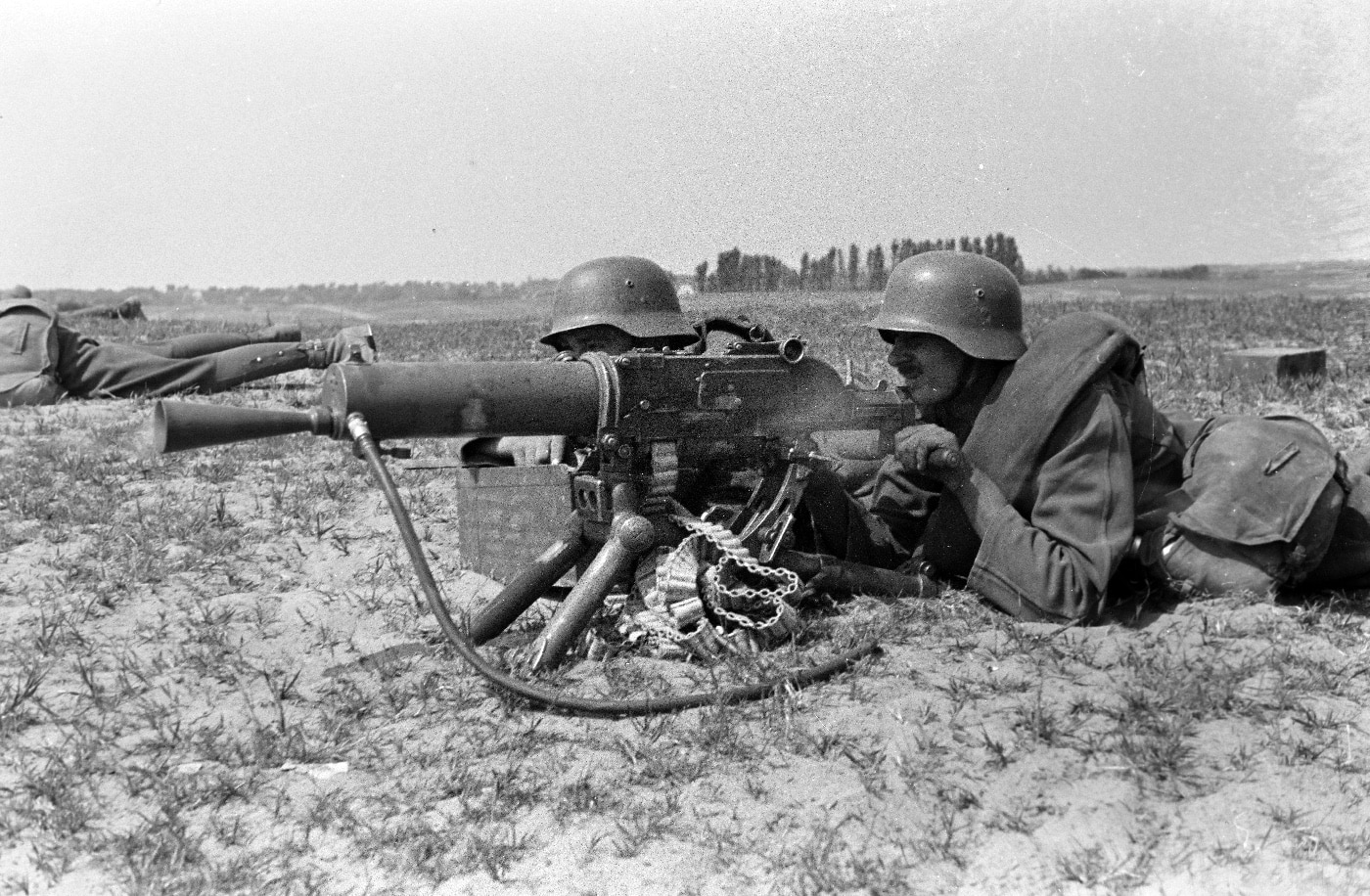
The reasoning isn’t fully clear, but one factor could be that the empire had a robust arms industry in Bohemia (the modern-day Czech Republic). Also, the fact that a member of the royal family, Archduke Karl Salvator, helped Colonel von Dormus of the Austro-Hungarian Army develop an early competitor to the Maxim Gun may have certainly played a role.
Salvator-Dormus M1893 Machine Gun
Patented in 1888, it has become known as the Model 1893 as that was when the weapon was first adopted by the Austro-Hungarian Navy (a year after Salvator’s death). It also came to be known as the Skoda machine gun by virtue of being manufactured at the Skoda Works.
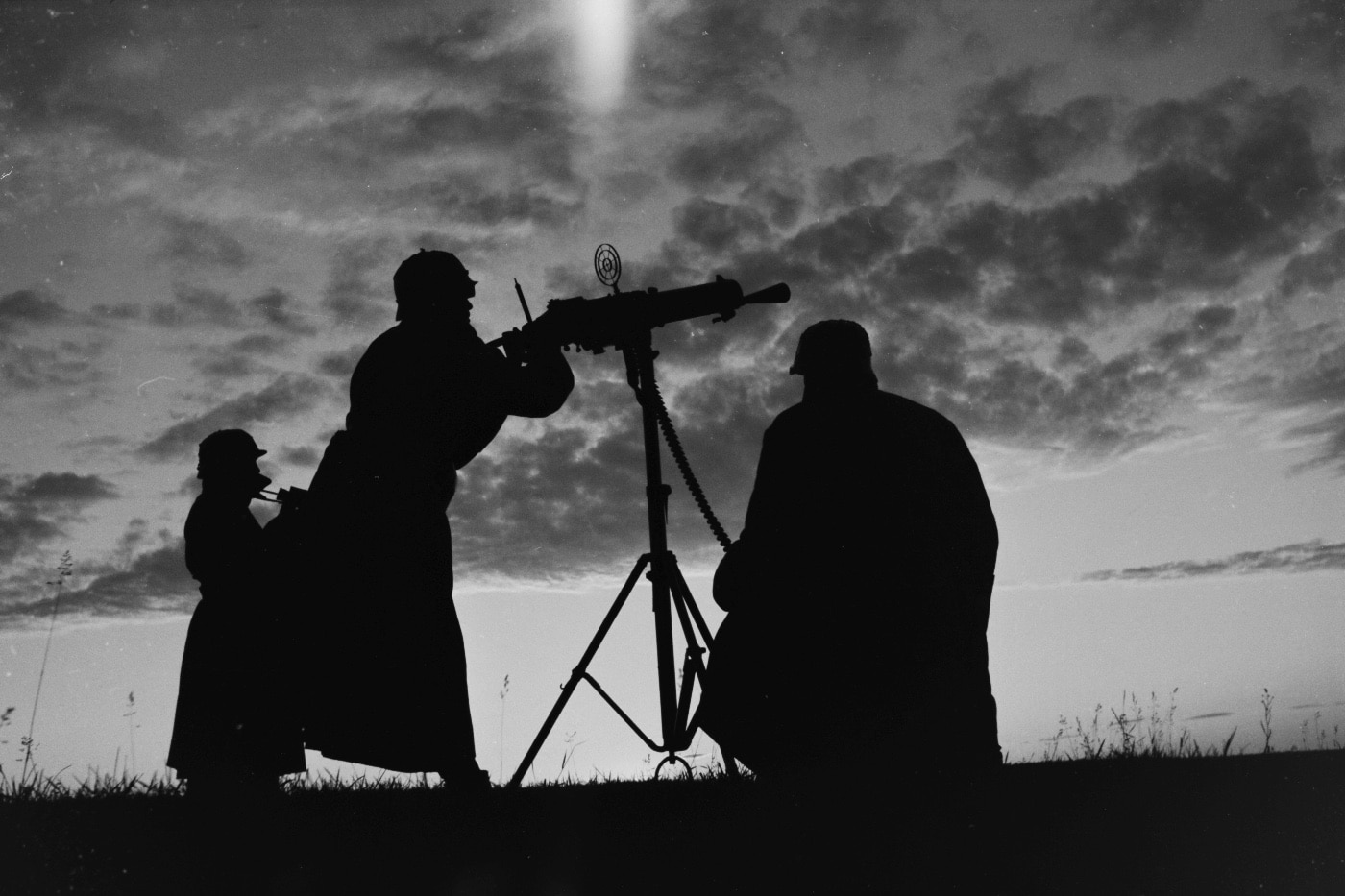
With nearly a century and a half of hindsight in machine gun design looking back at it, the Salvator-Dormus 1893 machine gun is certainly an odd design — incorporating a mix of forward-looking elements with features that already seemed antiquated. It was chambered for the 8x50R smokeless cartridge and had an adjustable cyclic rate of fire, which could be set as low as 175 rpm or as high as 500 rpm.
It was fed from a unique fixed feed tower, which could be fed by an assistant gunner as the weapon was fired. The guns were reportedly reliable and could fire for upwards of nine minutes without stoppage. While it may have worked well as a naval gun, or in fixed positions, the Salvator-Dormus 1893 wasn’t considered ideal for infantry.
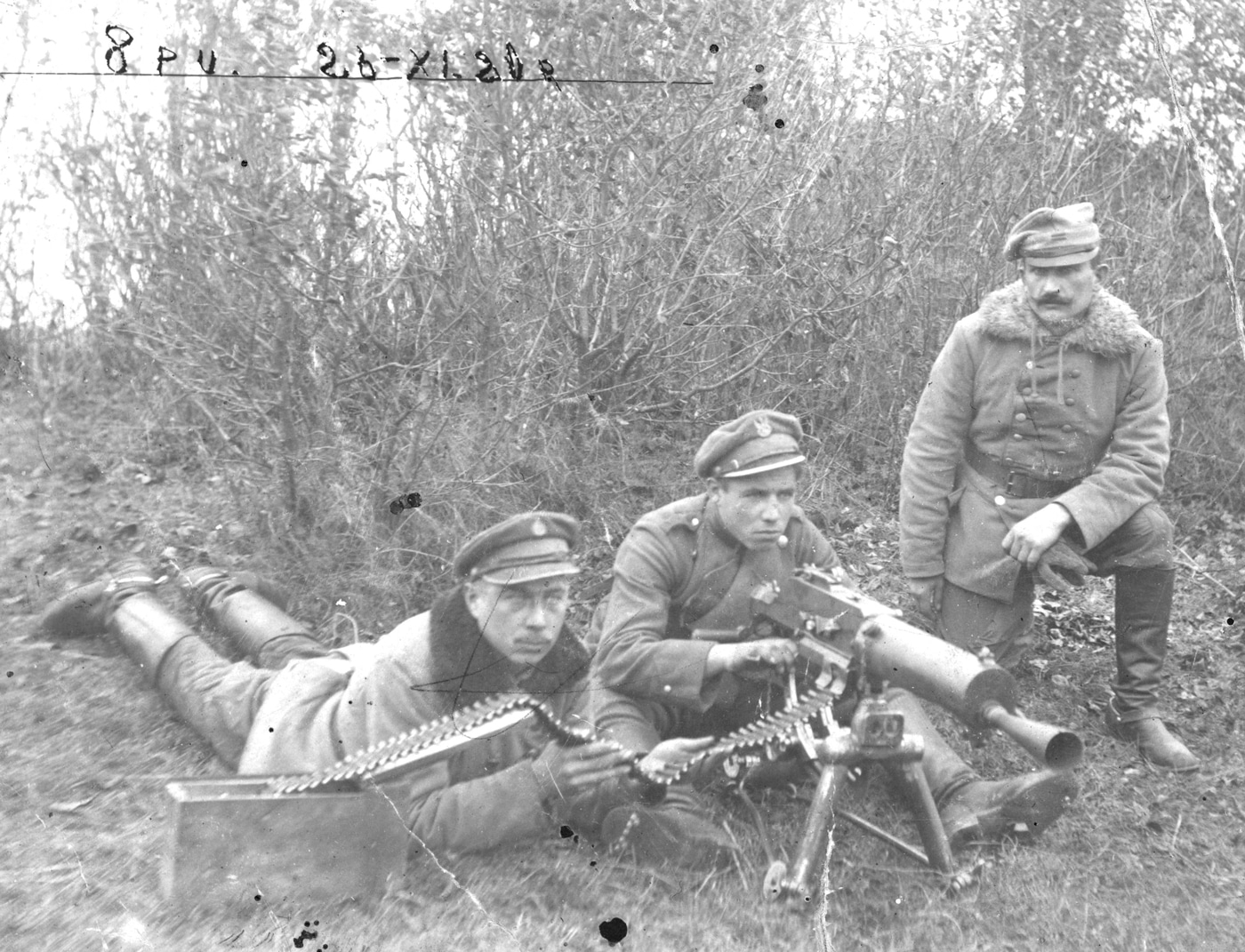
At least one saw use in combat during the Boxer Rebellion as it fired from the Austro-Hungarian battlecruiser when the warship was deployed to Peking. The U.S. military was offered a chance to test the Salvator-Dormus 1893 machine gun in China after the Boxer Rebellion, but only 600 rounds of ammunition were provided. The U.S. assessment was that it was reliable, but not able to endure the rigors of field use.
Some sources suggest a limited number may have been employed during the First World War, but that cannot be confirmed. One of the few surviving examples is in the collection in the Heeresgeschichtliches Museum — Militärhistorisches Institute (the Museum of Military History — Military History Institute) in Vienna, Austria.
Enter the Schwarzlose M.07/12 Heavy Machine Gun
The Austro-Hungarian military was far from satisfied with the Salvator-Dormus 1893 machine gun, but instead of adopting the Maxim, it again sought to forge its own path with help from the Prussian-born arms designer Andreas Wilhelm Schwarzlose.
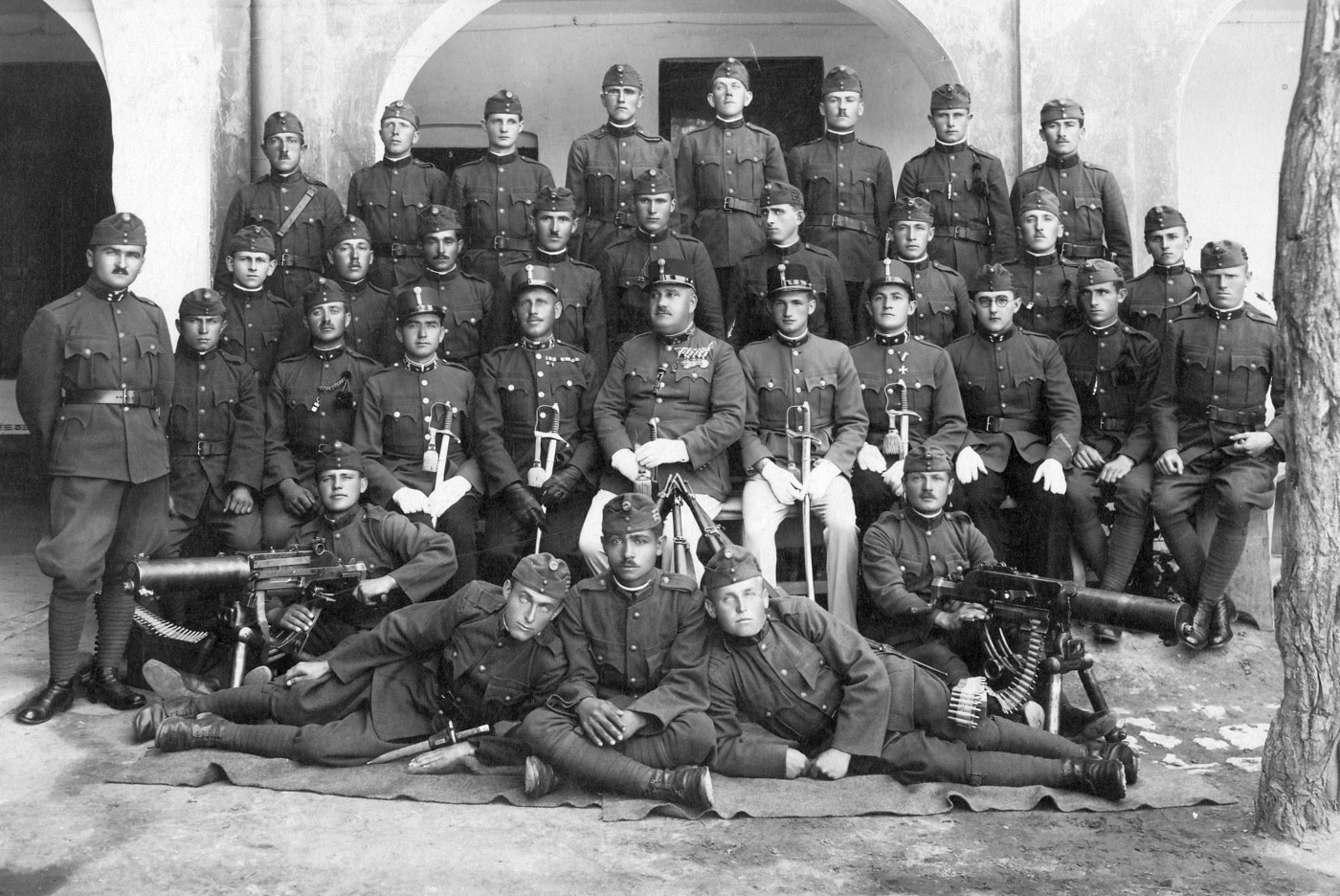
He began development of a new machine gun in 1902 that employed a toggle-delayed lock, using a concept he first developed for a toggle-delayed pistol concept. As Schwarzlose had primarily been a handgun designer, it took several years for his design to be finalized.
Unlike the Maxim, the water-cooled machine gun had a fixed barrel, few moving parts, and a breach that was at no time truly locked, while it had a straightforward blowback mechanism. When the weapon fired, the rearward thrust of the exploding gases started the action opening at the same instant as it caused the bullet to move down the barrel. As it employed a very short barrel and a combination of extremely heavy recoil parts and springs, the weapon could employ a rifle cartridge. It had a cyclic rate of 400 to 500 rounds per minute, and it fired from a 250-round fabric belt.
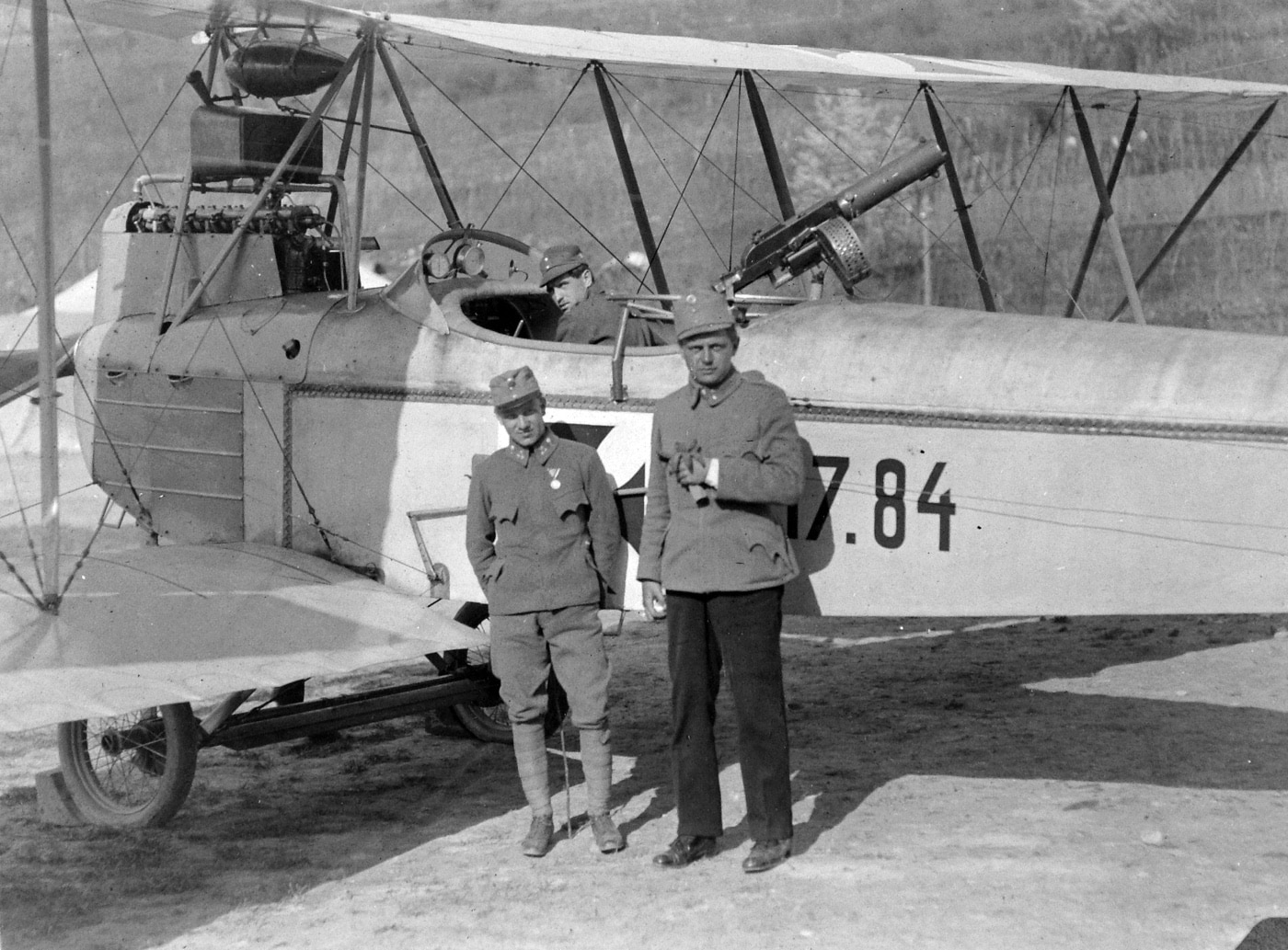
First introduced in 1907, it featured a lubricating pump to lubricate each cartridge for ease of extraction, but it was subsequently rebuilt and a time extraction issue was addressed. That removed the need for the pump, but the machine gun still relied on a heavy bolt and a very strong recoil spring. It was also determined that the short barrel would result in a significant muzzle flash that could blind the gunner at night, and a cone-shaped dedicated flash hider was introduced to suppress the flash.
Designated the Schwarzlose M.07/12, it was employed by the Austro-Hungarian Army during the First World War, and like most of the machine guns of the era, it was used with a mount that weighed more than the actual weapon. However, that helped stabilize the weapon.
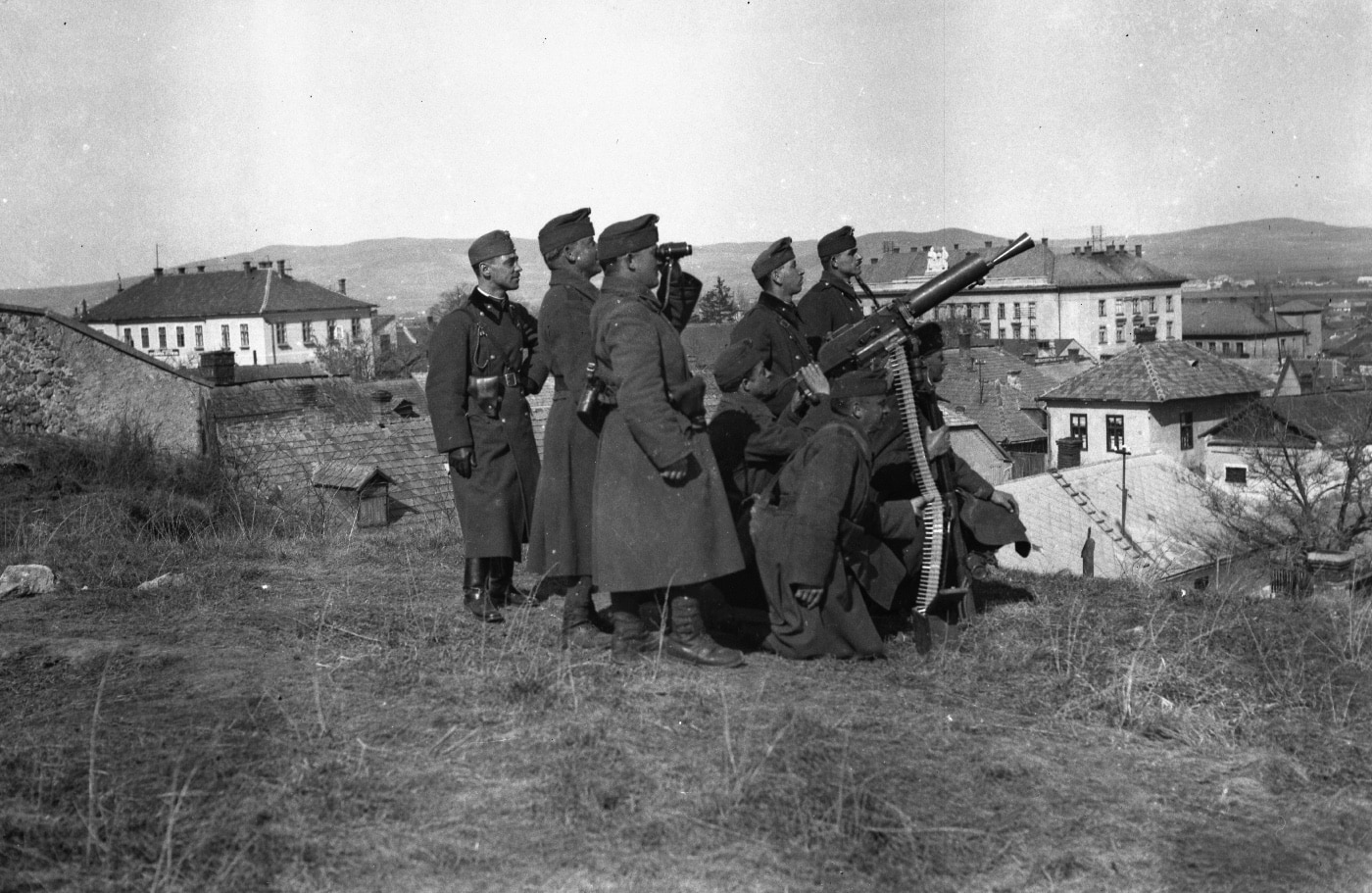
The M.07/12 was typically operated by a crew of three that included an NCO, a gunner who carried the weapon, and a third soldier who served as the ammunition carrier and loader. In practice, a fourth soldier was also employed to carry the tripod.
At the start of the war, the Austro-Hungarian Army fielded more than 100 infantry regiments, and each company included four platoons and a complement of 267 soldiers. However, the M.07/12 was relatively scarce as machine gun detachments were organized at the battalion level.
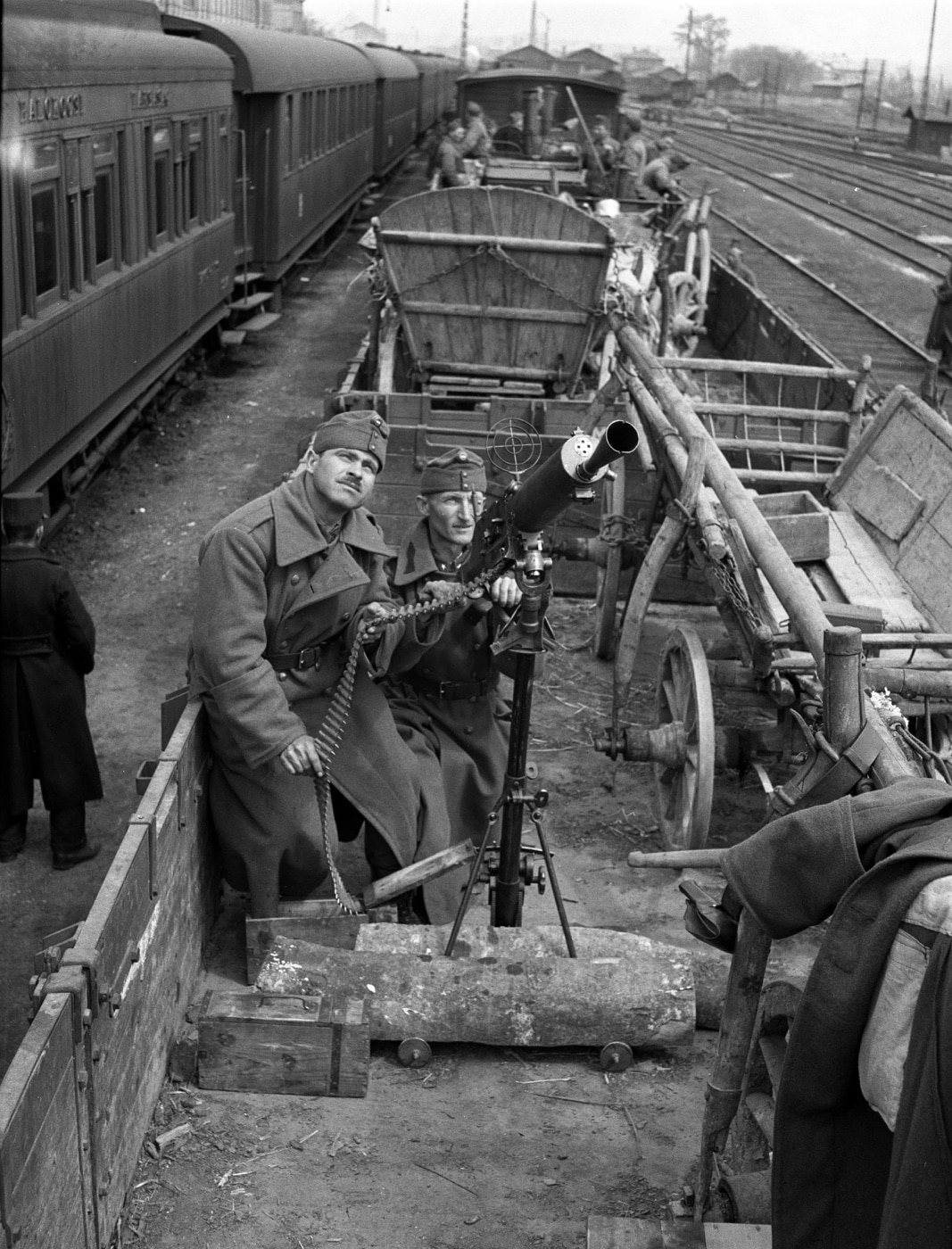
Austro-Hungarian Aviation Troops (k.u.k. Luftfahrtruppen) were equipped with the modified M.07/12/R16, an air-cooled variant. Due to a time delay between the trigger movement and the moment the bullet leaves the barrel, the weapon presented challenges in synchronizing it for use with fighters — and while the issues were eventually overcome, it was subsequently phased out of service as more suitable aircraft weapons became available.
Used by Austria and Beyond
The Schwarzlose M.07/12 was produced by Österreichische Waffenfabriks-Gesellschaft (OeWG), Steyr, and from 1914 to 1918 FGGY in Budapest. During World War I, Austria-Hungary also exported the M.07/12 to its Bulgarian and Ottoman Empire allies.
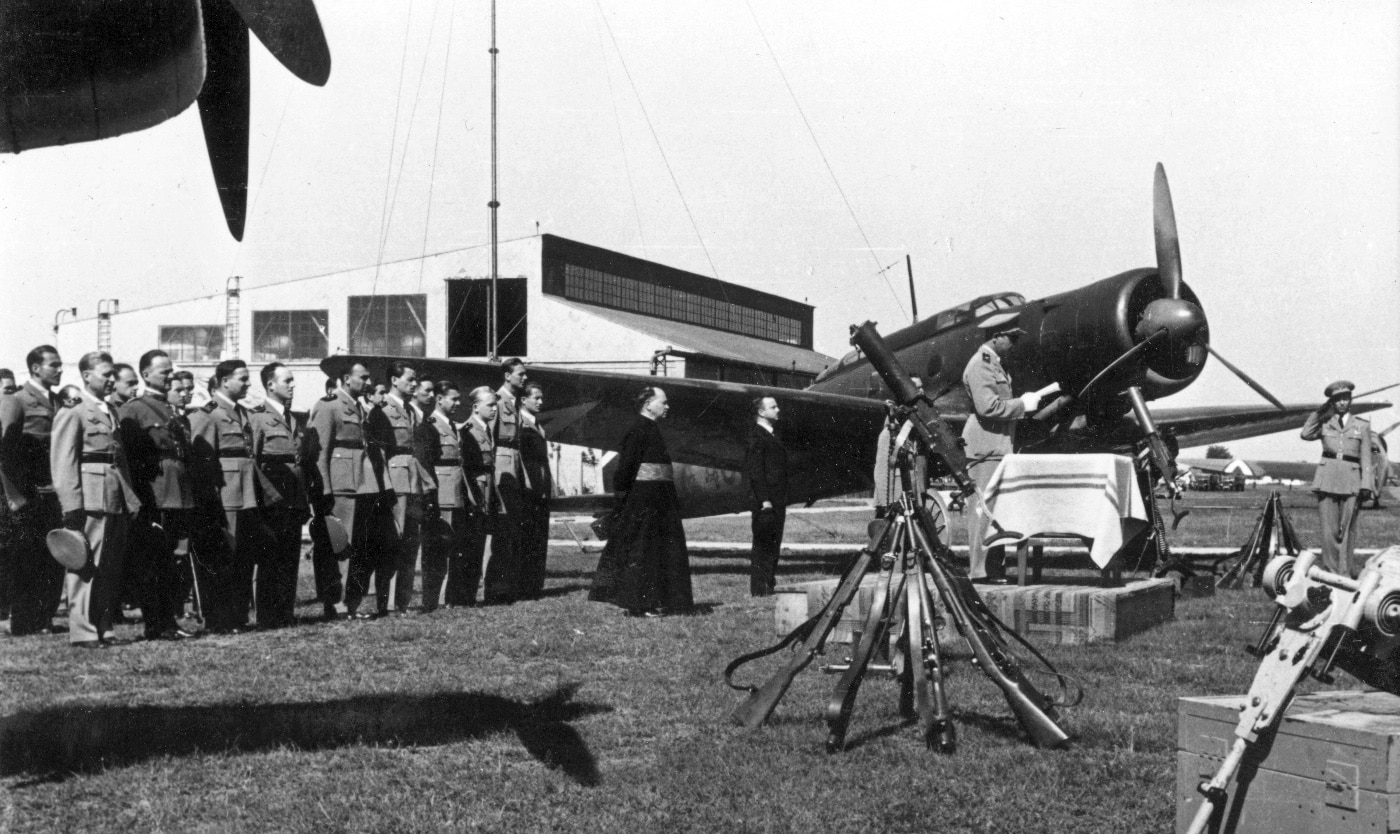
After the First World War, The Schwarzlose saw use with the militaries of the newly independent Czechoslovakia, Hungary, and Poland — as well as with the Austrian Army. The Netherlands and Sweden also acquired a number of the Austrian-designed machine guns, while a plethora of nations including Brazil, China, Colombia, Greece and Spain also adopted it in small numbers.
Beginning in 1924, the Czechoslovakian military converted the M.07/12 to 7.92x57mm and redesignated it the MG-7/24. Following the German occupation of Czechoslovakia, those weapons were subsequently employed by the German Wehrmacht and issued to the infantry divisions of the 5th and 6th Aufstellungswelle, which were mainly equipped with Czech weapons. At the end of the Second World War, the reserve stocks were issued to the Volksstrum (People’s Militia) forces.
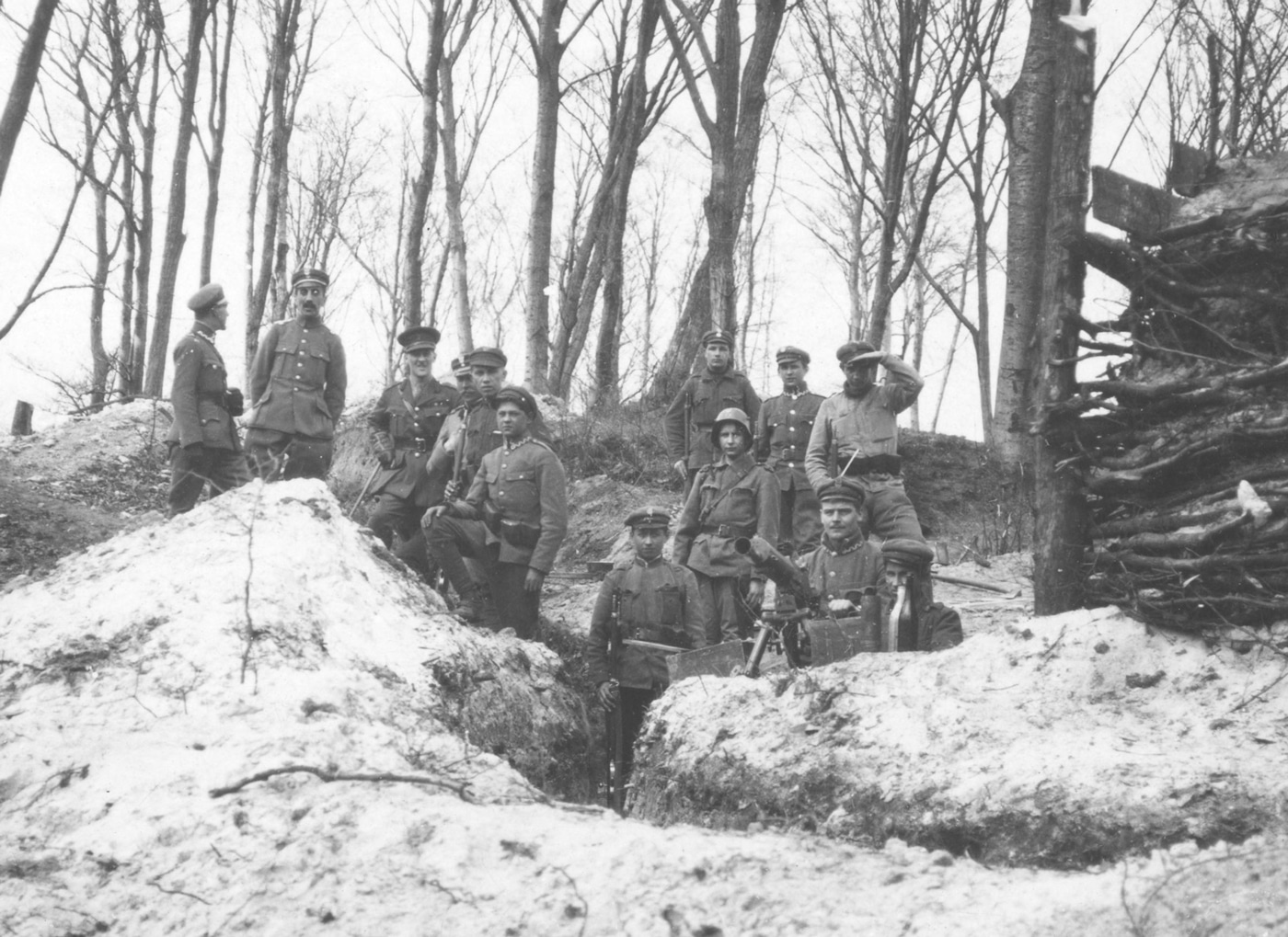
The M.07/12 remained in service beyond the Second World War and was used to equip the early Czechoslovakian Army in the early stages of the Cold War.
In 1931, the M.07/12s in service with Austria were modified to use the new 8x56R cartridge, which provided a significantly higher muzzle velocity (2,300 fps, instead of about 1,900-2,000 with the 8x50R). In addition, the Hungarian Army’s Schwarzlose machine guns were modified to use the 8x56mm 31.M “Hegyes” cartridge around the same time.
During the Second World War, the Schwarzlose M.07/12 was adopted by the same armies that it had been employed against during the First World War — namely Italy and Romania. The former adopted a number and used them in the campaign in North Africa.
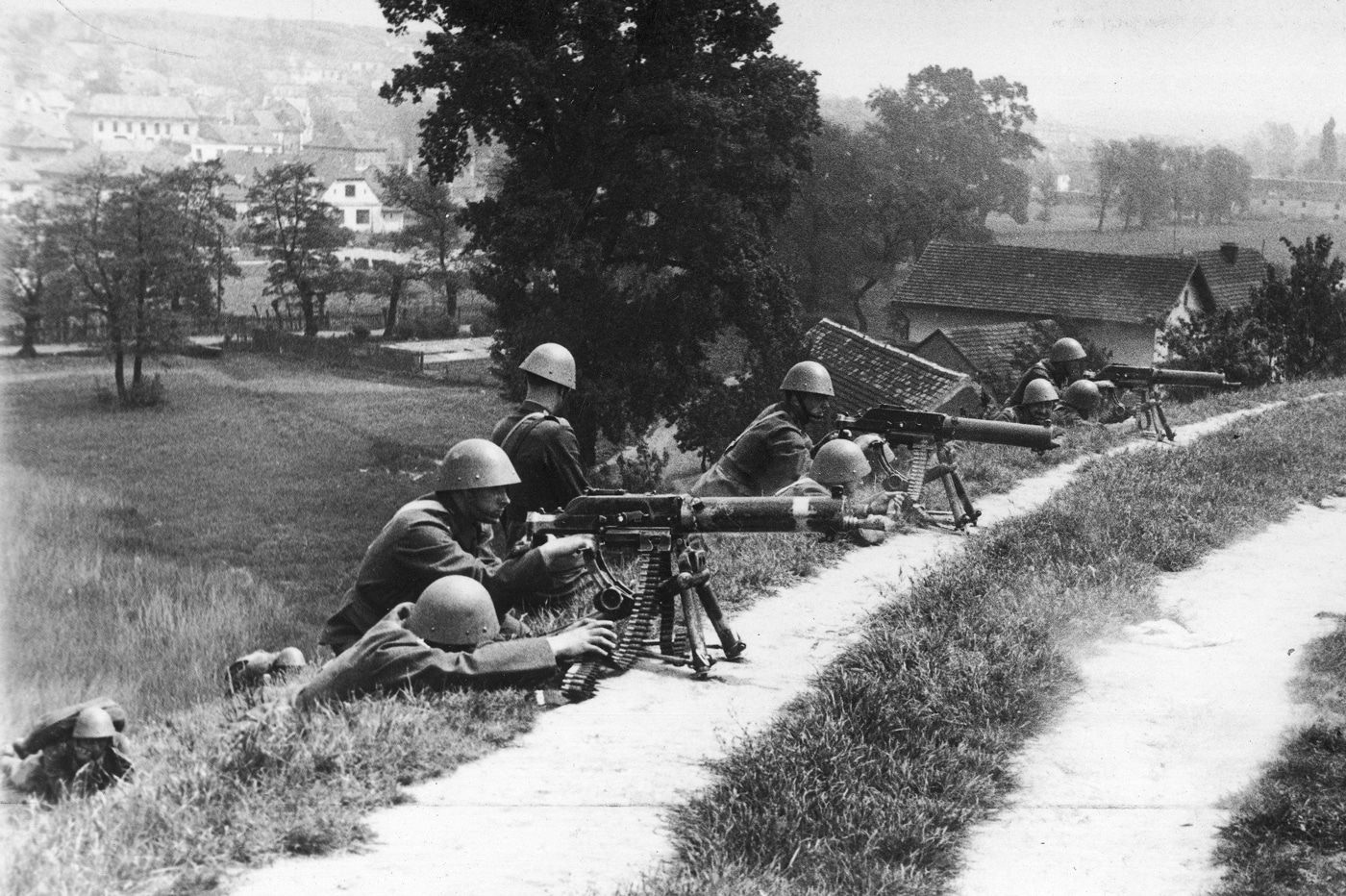
The Romanian versions were converted to 7.62x54mmR — the same cartridge used by the Mosin-Nagant rifle. These also were fitted with a longer barrel and lengthened water jacket. However, those firearms appear to have seen little use in World War II — but according to some sources, the machine guns were used against German and Hungarian forces after the Kingdom of Romania left the Axis and joined the Allies as a co-belligerent. Thus some Romanian forces used an Austro-Hungarian machine gun against the Hungarians!
The Romanian versions had been sold as parts kits in the early 2000s, and a number were offered for sale as deactivated “dummy” or display guns. Yet, even these non-firing examples have become extremely rare in recent years.
Schwarzlose Machine Gun in Popular Culture
The M.07/12 has only been seen in a handful of films over the years, first appearing in the 1931 French-German film Mountains of Fire, which chronicled the fighting in the Alps during the First World War. More recently, it is among the firearms seen in a weapons museum in John Wick: Chapter 3 — Parabellum.
The Czech M.07/24 has also appeared in several movies, in some cases standing in for the M.07/12.
The M.07/12 remains an innovative firearm that saw use in the First World War and beyond.
Editor’s Note: Be sure to check out The Armory Life Forum, where you can comment about our daily articles, as well as just talk guns and gear. Click the “Go To Forum Thread” link below to jump in!
Join the Discussion
Continue Reading
Did you enjoy this article?

 68
68






